wild violets in the garden
13 years ago
Featured Answer
Sort by:Oldest
Comments (77)
- 12 years ago
- 12 years ago
Related Discussions
Wild violets as green mulch?
Comments (8)I love violets! I too have an over abundance of them but am transplanting them where I want them. Whenever I take out violets from where I don't want them, I go the the hosta border by the drive way - and dig up a dandelion on the outer edge and replace with a violet. Started this last year and this year it's not nearly "done" as the driveway is about 50' (well - 100' but the hostas part is only 50')but about halfway, here and there. It looks really nice this spring. Later in the summer the hostas will be big enough that you can't see the edge. But those pesky dandelions would stick out. With the violets - if anything just the little leaves under the big ones. I'll see how long they can peacefully and attractively coexist.......See MorePossible wild violet, N. Florida
Comments (2)Thanks, Carol. The photo in your link looks just like it. I will credit you on the webpage....See MoreUse of plastic to get rid of wild violet?
Comments (5)If you keep cutting or pulling the leaves, the rhizome will eventually weaken and die, but it might take all season. I have a lot of violets, and I'm resolved to live with them and keep them from over-running everything. Besides the rhizome that can grow on the surface of the ground or buried a foot deep, they reseed prolifically. I learned to recognize the seedlings so I can pull them when they're still tiny and fragile. Whoever coined the term "shrinking violet" never gardened with these guys!...See MoreChemical Free Weed Control? - Wild Violet, Plantain, Wild Strawb
Comments (4)We have a wicked infestation of wild violet. Monterey makes an organic herbicidal soap that kills what's above ground but they'll come back. Our next attempt to get the violets out of our beds will be to cover the area with heavy black plastic for a week or two. Then we will remove the plastic to till the area and manually rake out the foliage and roots. I expect we will need to till multiple times to clear out all the roots. After this process we will put in our perennials, mulch heavily, and be vigilant for violets poking up through the mulch. I really don't mind them in the yard...just not in my garden beds....See More- 12 years ago
- 12 years ago
- 12 years ago
- 12 years ago
- 12 years ago
- 12 years ago
- 12 years ago
- 12 years ago
- 12 years ago
- 12 years ago
- 12 years ago
- 12 years ago
- 12 years ago
- 12 years ago
- 12 years ago
- 12 years ago
- 12 years ago
- 12 years ago
- 12 years ago
- 12 years ago
- 12 years ago
- 12 years ago
- 12 years ago
- 12 years ago
- 12 years ago
- 12 years ago
- 12 years ago
- 12 years ago
- 12 years ago
- 12 years ago
- 12 years ago
- 12 years ago
- 12 years ago
- 12 years ago
- 12 years ago
- 12 years ago
- 12 years ago
- 12 years ago
- 12 years ago
- 12 years ago
- 12 years ago
- 12 years ago
- 12 years ago
- 12 years ago
- 12 years ago
- 11 years ago
- 11 years ago
- 11 years ago
Related Stories

GROUND COVERSGive Your Lawn a Taste of the Wild
Consider the joys of an irregularly trimmed meadow lawn: It’s ecofriendly, visually interesting and still good for romping
Full Story
NATIVE PLANTSGreat Design Plant: Wild Bergamot, Friend of Foragers
Nourish butterflies and other winged creatures with the tubular flowers of Monarda fistulosa, a pretty pink native
Full Story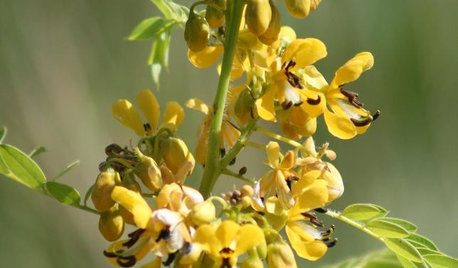
GARDENING FOR BUTTERFLIESGreat Design Plant: Senna Hebecarpa Puts on a Magical Show
Furry white tongues that develop into seeds? That's just one of this bee-bringing summer perennial's many talents
Full Story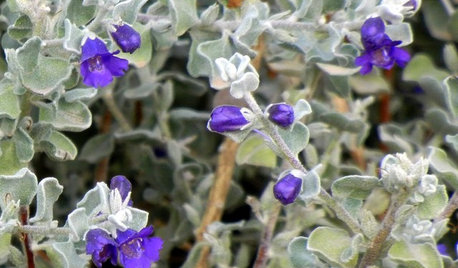
GARDENING GUIDESGreat Design Plant: Violet Silverleaf Thrives on Scant Water
Purple flowers transform silvery, sun-loving Leucophyllum candidum, while its easy care may change your gardening routine
Full Story
GARDENING FOR BIRDSWild Birds Transform a Woman’s Garden and Life
How Sharon Sorenson created a wildlife haven and became the Bird Lady of Southern Indiana
Full Story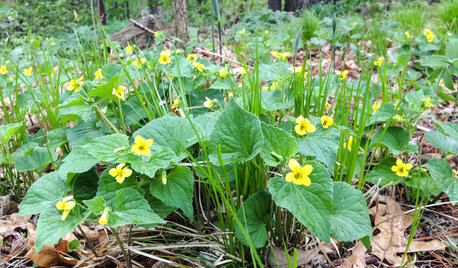
GARDENING GUIDESGreat Design Plant: Viola Pubescens Dots Woodlands With Yellow
Plant downy yellow violet in eastern U.S. woodland gardens for its heart-shaped leaves and bright yellow flowers
Full Story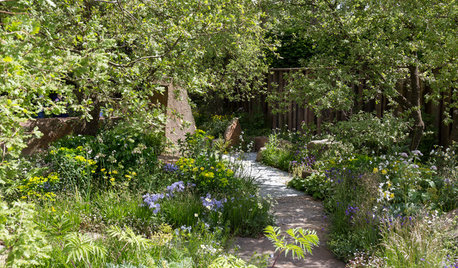
TASTEMAKERSWild Countryside Evoked in a Garden of Memories
For the Chelsea Flower Show, a designer taps into his experience of Exmoor, England, to create a garden that is powerfully personal
Full Story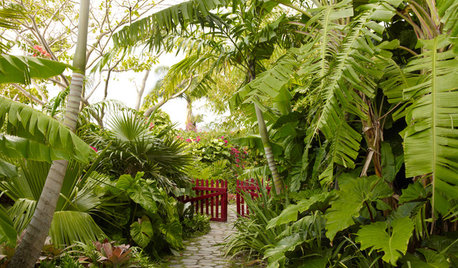
LANDSCAPE DESIGNWild Gardens Bring Excitement and Beauty to Landscapes
Forget what’s expected and ‘fashionable.’ Bold gardens teeming with site-appropriate plants make for a richer experience
Full Story
GARDENING GUIDESGreat Design Plant: Wild Lupine Dresses Up Rocky Gardens
Spiky blue flowers and a high tolerance for poor soil make this plant ideal for tough sites
Full Story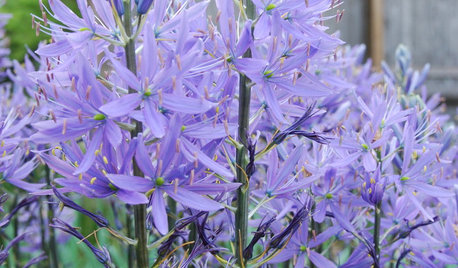
BULBSGreat Design Plant: Wild Hyacinth for a Bolt of Blue
Get knockout spring blooms on spiky stems by planting these bulbs before the ground freezes
Full Story


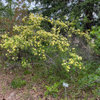


notrafficinga